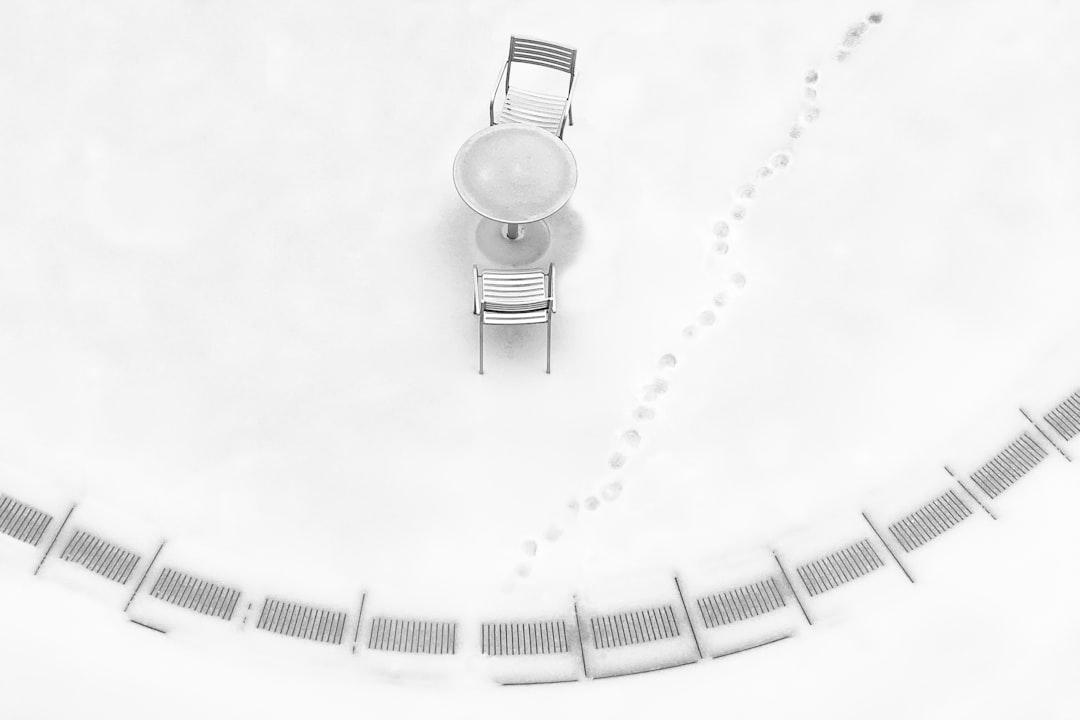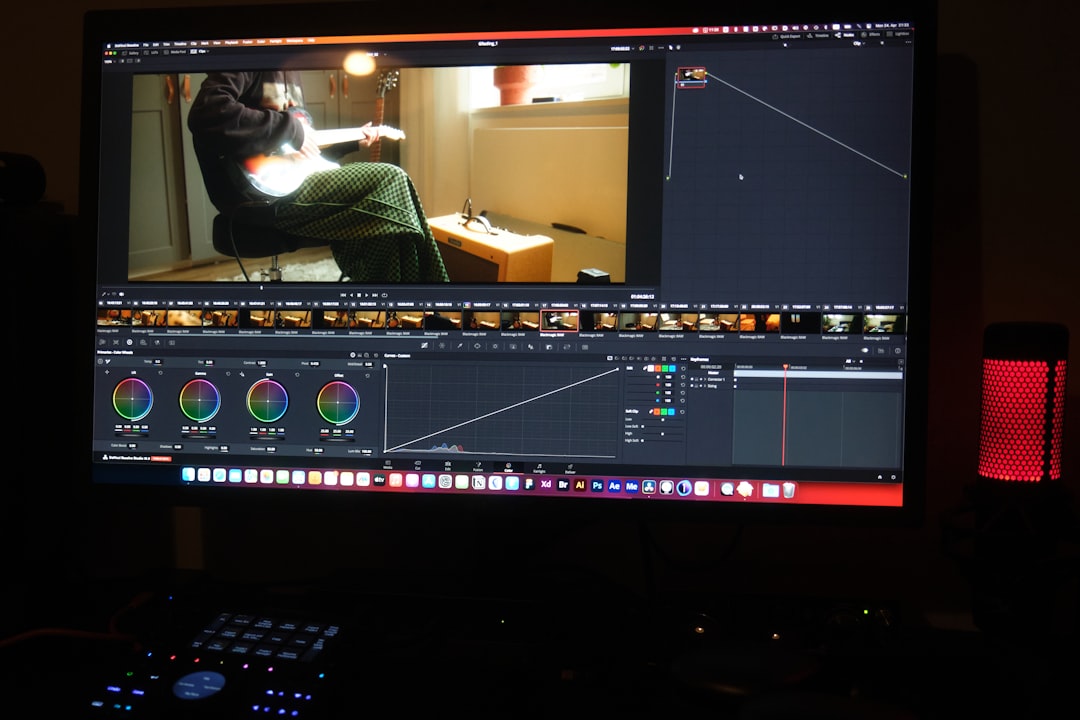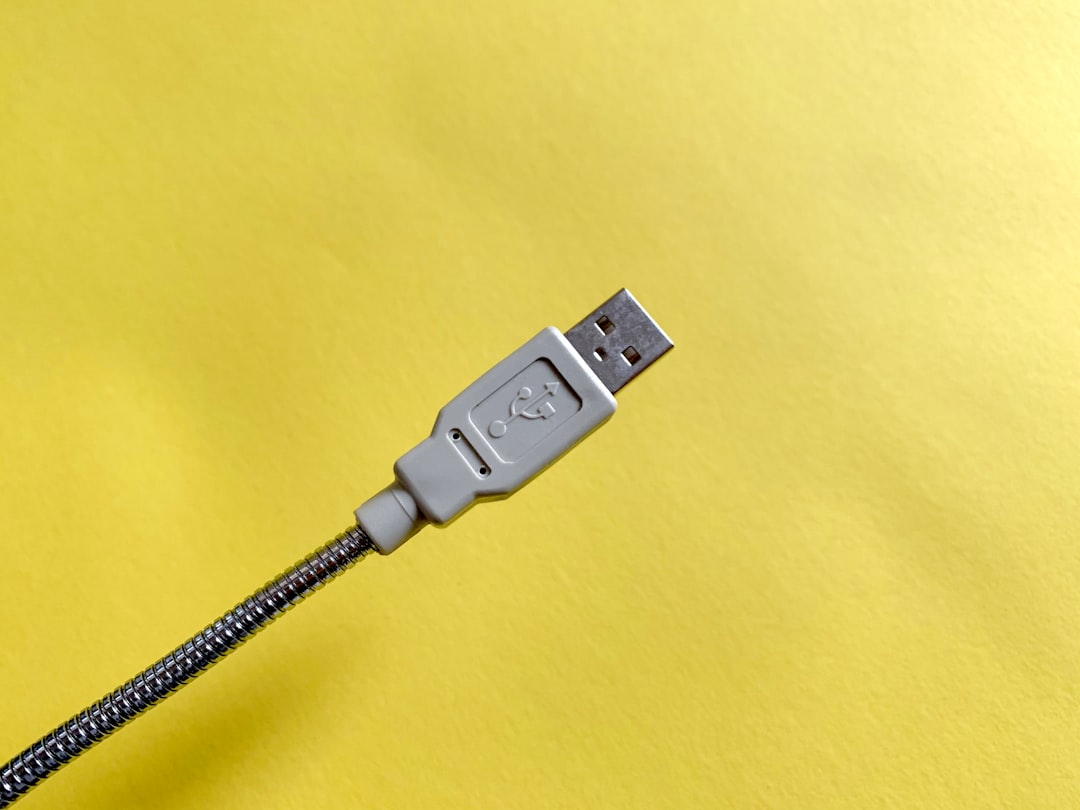Sometimes you get all creative in DaVinci Resolve, make a fancy compound clip, and then later realize… oops. Maybe you want to tweak just one part. Maybe it wasn’t such a good idea to group everything together after all. The good news? You can totally undo a compound clip. It’s easy once you know how. Let’s break it down in a super simple and fun way!
First, What’s a Compound Clip?
Think of a compound clip like a lunchbox. It holds a bunch of clips—video, audio, effects—inside one neat container. Looks tidy. Plays like one single clip. But sometimes you want to open the box and mess with the stuff inside. That’s where undoing comes in.

Why Undo a Compound Clip?
There are a few reasons why you might want to reverse a compound clip:
- You want to edit an individual clip inside it.
- The audio mix is off and needs to be adjusted separately.
- You grouped things too soon and changed your mind.
No judgment. Creative minds change all the time!
Option 1: Use “Decompose In Place”
This is the quickest and cleanest method. You’re basically telling Resolve to unpack that lunchbox and put all the items back on the plate.
Here’s how:
- Right-click the compound clip in the timeline.
- Select Decompose in Place.
- A pop-up appears. You get two checkboxes:
- Include video
- Include audio
Select what you want, and then click OK.
Boom! Your clips are back in the timeline just like before. No extra steps needed.
What If Decompose Doesn’t Work?
Sometimes, you might find “Decompose in Place” is grayed out. Why? The clip might not be selected properly or you’re in the wrong window.
Try this:
- Click on the clip to select it first.
- Make sure you’re in the Edit page, not the Cut or Media page.
- Still stuck? Save your project and restart DaVinci Resolve.
Problems solved!
Option 2: Copy from Inside the Compound Clip
Let’s say you don’t want to decompose—maybe you only need a few things from inside. Another trick is to open the compound clip like a mini timeline.
Here’s what to do:
- Double-click on the compound clip.
- It opens in its own timeline tab—call it a “sub-timeline.”
- Select the clips you want inside.
- Right-click and choose Copy.
- Return to the main timeline (click the first timeline tab).
- Paste the clips wherever you want!
This doesn’t undo the compound clip, but it gives you full access to its bits. Super handy if you only need a few parts.
A Shortcut Reminder
If you just created a compound clip and instantly regret it, hit Ctrl+Z (or Cmd+Z on Mac). This simple undo will revert the clip back to its original state as long as you haven’t done other actions since.
Don’t wait too long though! Once more edits are made, this shortcut won’t reach that far back.
What Happens to Effects or Transitions?
Good question!
- If you used “Decompose in Place,” effects inside the compound clip stay with their clips.
- Transitions on the compound clip itself get removed—so you’ll need to reapply them.
Just keep a note of which transitions you used, so you can pop them right back in after decomposing.
Quick Tips Table
| Action | Steps |
|---|---|
| Undo compound clip (fastest) | Right-click > Decompose in Place |
| Access inside clips | Double-click > Copy clips > Paste |
| Cancel immediately | Ctrl+Z / Cmd+Z right after creating |
When You Should NOT Undo
Sometimes, leaving things in a compound clip is the smarter move. Ask yourself:
- Do I still need all these clips together for timing?
- Am I going to apply the same effect to all clips?
- Am I exporting this as a section?
If yes, maybe leave the compound clip as is. Just double-click it to edit inside, like going into a folder without moving the files.

A Fun Way to Think About It
Imagine your compound clip as a zip file. “Decomposing” it is like unzipping all the files and putting them back on your desktop. If you just peek inside to copy stuff, that’s like opening the zip, grabbing what you need, and walking away.
Both work. Depends on your style!
Final Tip: Use Labels!
If you’re working with multiple compound clips and trying to undo just one, things can get confusing. Use colors or rename your compound clips like:
- “DroneShot_Grouped”
- “InterviewCompound”
That way, you always know what’s inside and whether it’s worth undoing.
To Recap:
You’ve got three ways to undo or unpack a compound clip in DaVinci Resolve:
- Decompose in Place – The direct way to unpack all included clips.
- Open and Copy – Grab only what you need from inside.
- Undo Shortcut – Quickly revert if you just created it.
And don’t worry—no matter what method you choose, you can always go back and redo things differently. That’s the beauty of editing!
Now You’re a Compound Clip Pro!
Whether you’re cutting a travel vlog or editing a full film, handling compound clips is part of the game. Now you know the tricks. So go ahead, edit bravely—and if you change your mind, you’ve got the power to undo it all!



